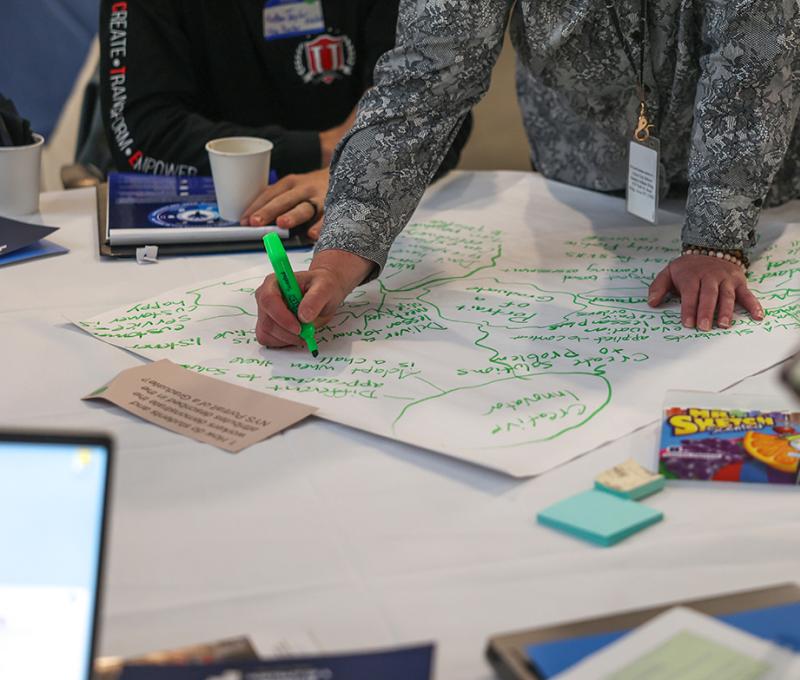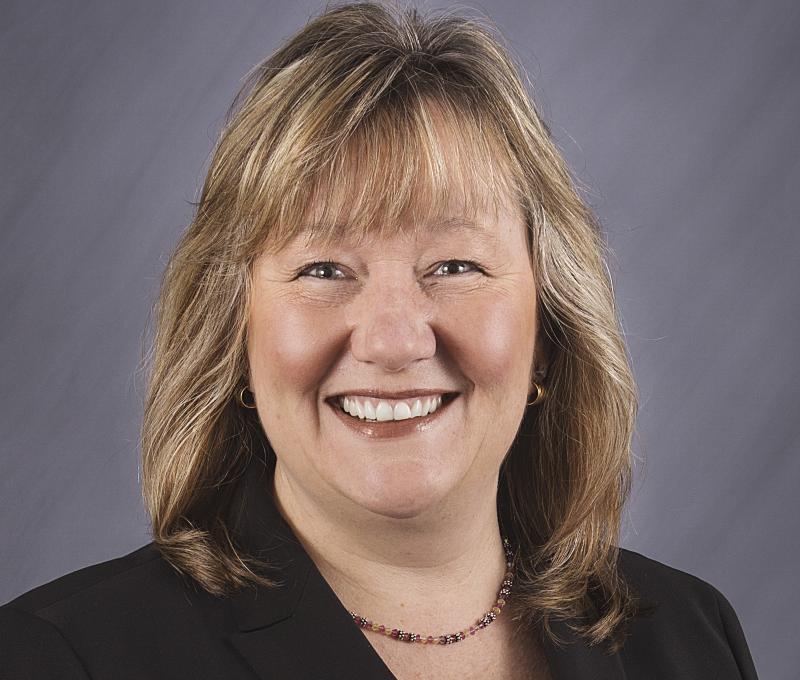Visiting Scholar Series Lecture: Gregory Swedberg on Worker
Culture,
Religion, and Communication in 1930s Mexico

We invite you to attend the upcoming lecture:
“Engendering, Revealing, or Publicizing a New Cardenista Contract? Leonor Sanchez, Worker Protests, and Church-State Tensions in 1937 Veracruz, Mexico,” a lecture and discussion given by Gregory Swedberg (Manhattanville College) and Kristina A. Boylan (SUNYIT).
Tuesday, March 26, 2013, 2:00pm, Donovan Hall Room G104
Free and Open to the Public — All Welcome
Sponsored by the SUNYIT Visiting Scholar Seminar Series
Abstract:
In 1937, the Second Cristero Rebellion was waning and evidence of de facto cooperation between government and religious leaders emerging in various regions of Mexico. In some regions, such as Veracruz, publicly anticlerical leaders like Veracruz governor Miguel Aleman still maintained tight control on the number of churches and extent of public display that Catholics in that state could employ. Yet Catholics in Orizaba, Mexico unleashed a wave of protest when police officers, under the orders of municipal officials, disrupted an “illegal” mass, and in the process of opening fire killed a 14-year-old, Leonor Sanchez. Municipal officials then ordered the closing of all Orizaba churches, which led to mass protests the following day numbering in the thousands, and a flood of petitions from Catholics and “workers.” Within days of her death, churches opened across the state and licenses for clergy, denied for much of the decade, became available.
This presentation explores how such a sudden reversal was possible and what it meant for veracruzanos and Mexicans, ardent Catholics or not. The blossoming of the movement and the startlingly quick response from the state government beg several questions. Why and how did the death of a teenage girl mobilize tens of thousands of people, who by appearances had resigned themselves to limited religious practice? Did a shift in the representation of Sanchez, from a working young woman to an innocent girl, help drive this process? What were the range of perspectives on religion and politics among Veracruz political, labor, and religious leaders? Your comments and insights are welcomed.
Also please put on your calendars:
“Information Exchange and Social Change:
Presentations on
Popular Culture, Social Media, World History and Events”
by the
members of HIS 375 Gender Issues in World History
Tuesday, May 7, 2013, 2:00 PM, Donovan Hall Room G104
Free and Open to the Public — All Welcome








